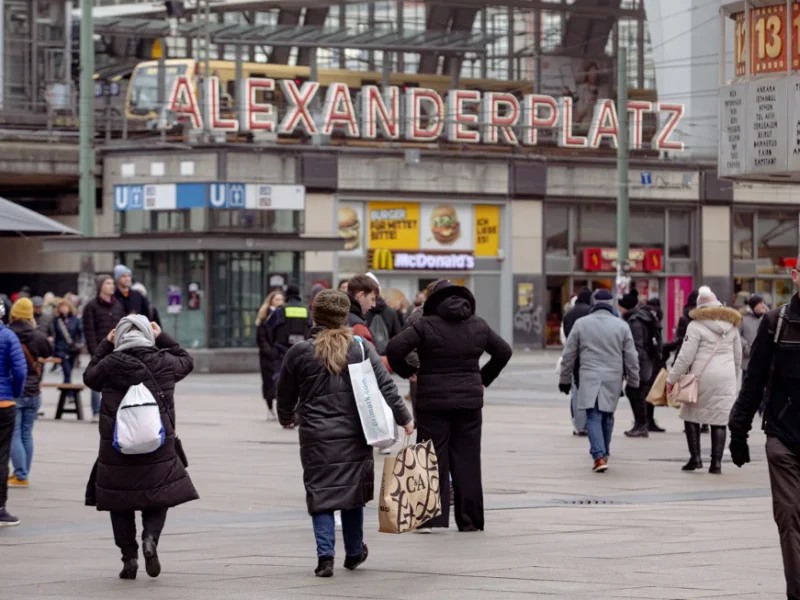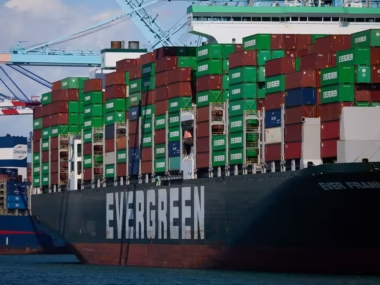Germany’s economy, the largest in Europe, contracted for the second consecutive year in 2024, official data revealed on Wednesday, highlighting the difficulties the region faces in revitalizing economic growth.
Germany’s GDP fell by 0.2% last year, following a 0.3% contraction in 2023, marking the first time since the early 2000s that the economy has shrunk for two years in a row, according to Carsten Brzeski, global head of macroeconomics at ING. The data comes just weeks before a critical snap election, triggered after the collapse of Germany’s governing coalition late last year due to disagreements on how to address the country’s weak economy.
Brzeski expressed hope that a new government would implement a long-term plan for economic reforms and investments. The troubles facing Germany’s economy are evident in the crisis at its largest manufacturer, Volkswagen. In December, the automaker announced major changes, including over 35,000 job cuts and plans to shift some production to Mexico. High labor costs, weak productivity growth, and competition from China are contributing to the economic challenges, and Germany can no longer rely on booming demand from its largest export market, China, which now produces many goods locally that it once imported from Europe.
Brzeski noted that German industrial production remains about 10% below pre-pandemic levels. Further challenges may arise from potential higher tariffs under the incoming US administration, which could affect German exports and investments if companies shift production to the US.
Germany’s central bank projected that the economic stagnation would persist this year, with a slow recovery expected only in 2025.
This contraction also spells trouble for the broader European economy, which has struggled to recover significantly since the pandemic and may face more complex relations with one of its key trading partners, the United States. Data from the European Union’s statistics office showed a slight increase in industrial production in the eurozone in November, but it remains 9% below its level from seven years ago, partly due to high energy prices exacerbated by Russia’s invasion of Ukraine. Surveys suggest subdued production in the coming months, and the challenges facing Germany’s auto sector are expected to weigh on the eurozone’s industrial production for the foreseeable future.











